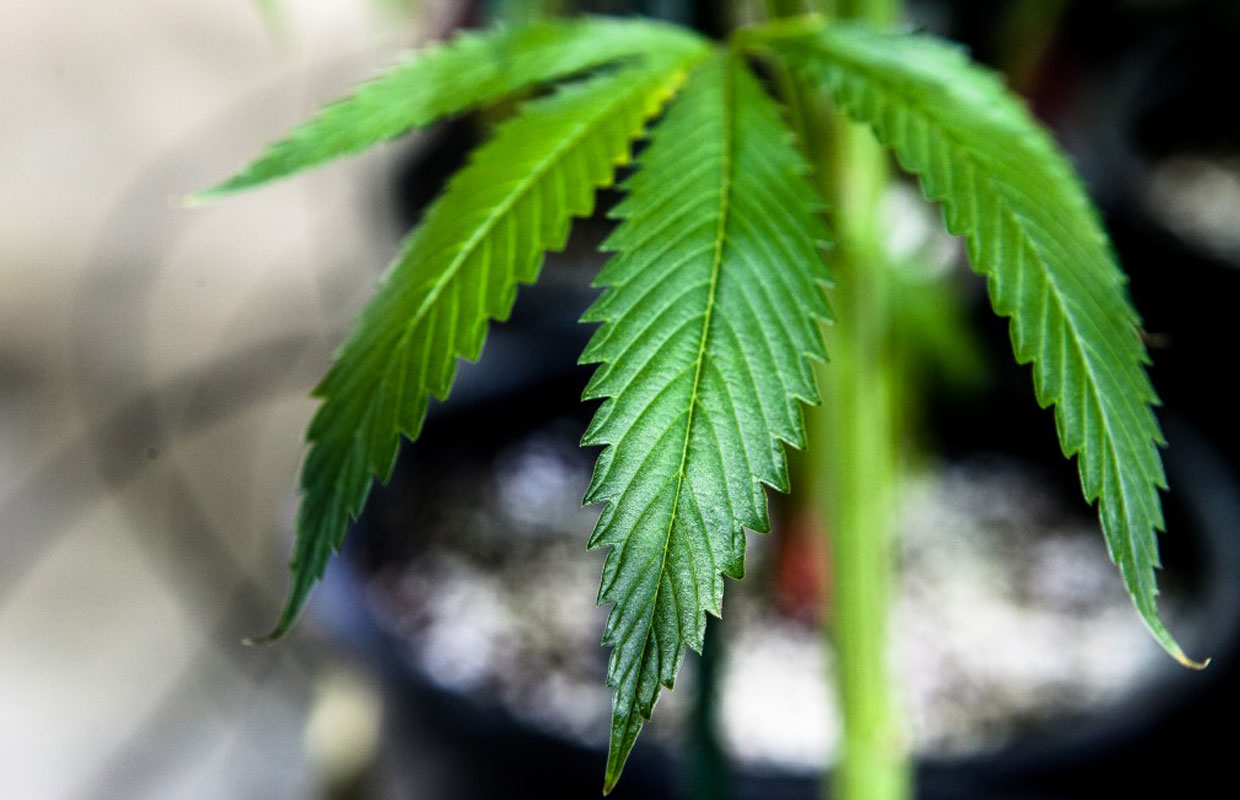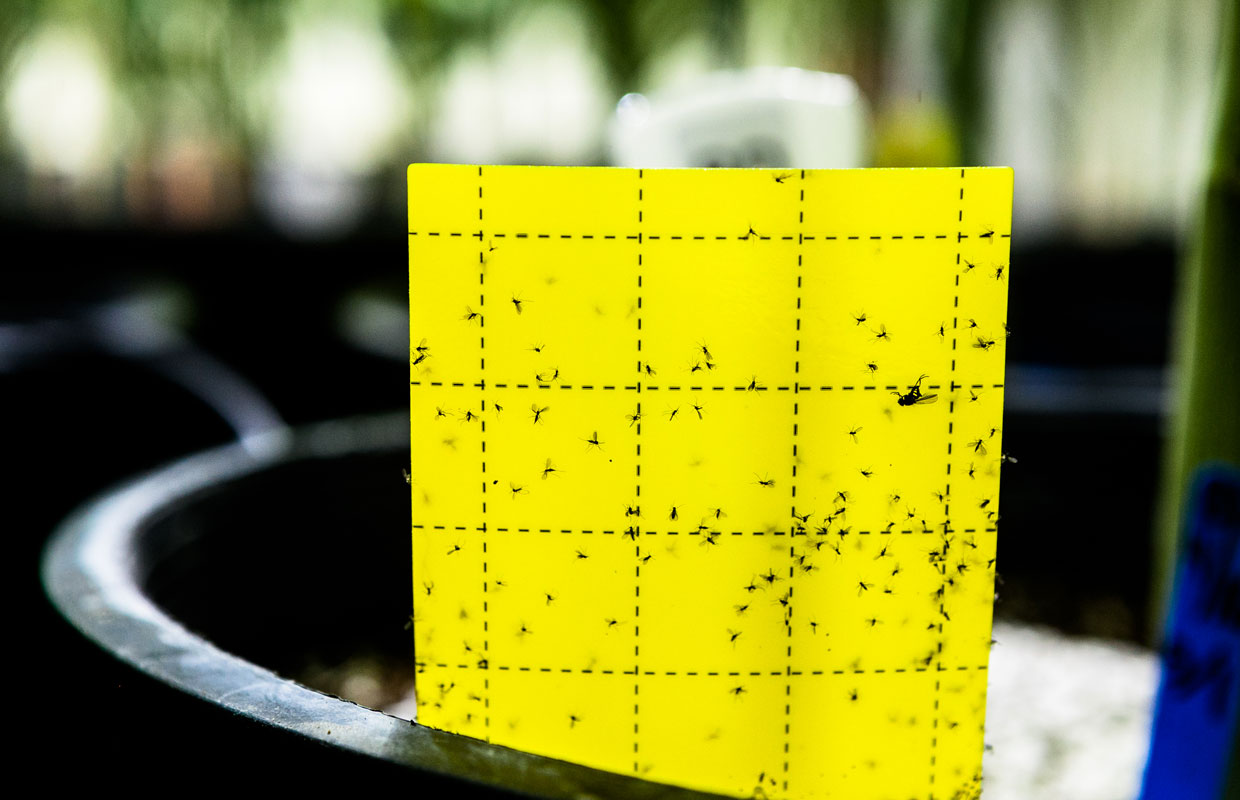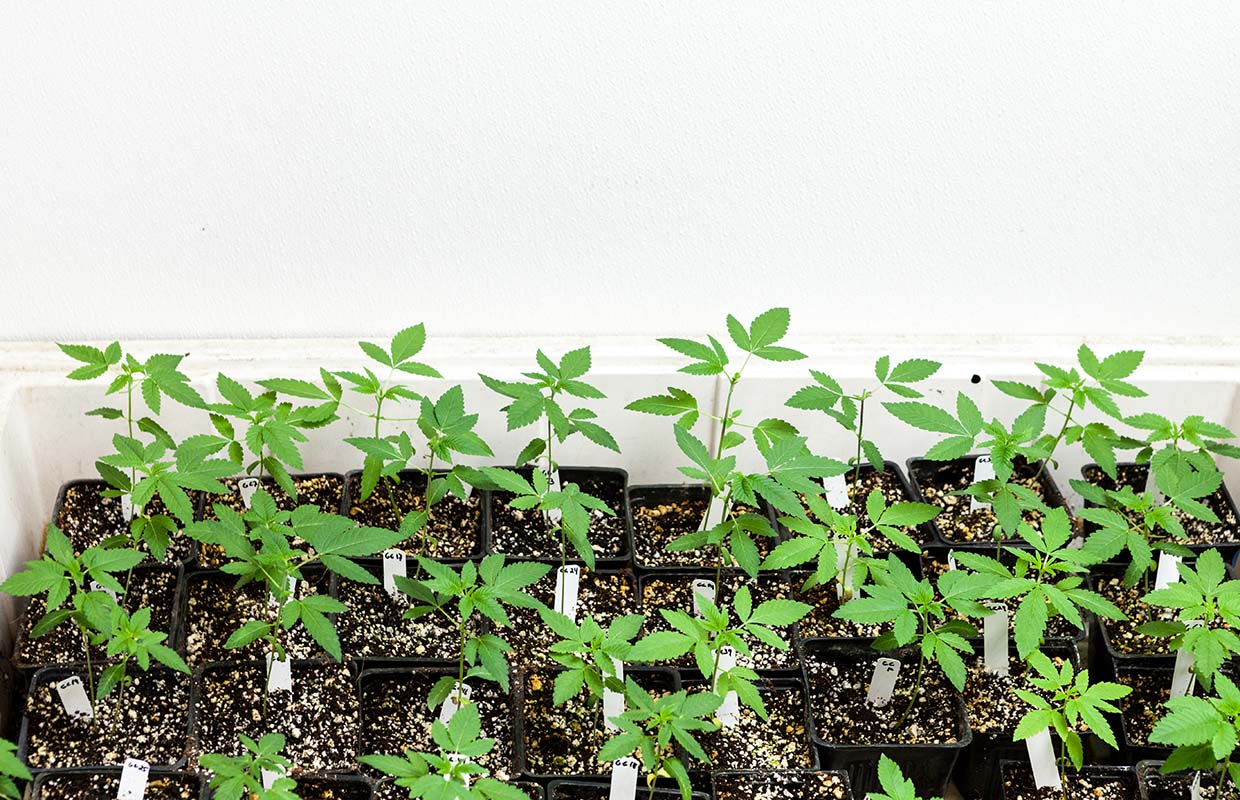Growing quality cannabis requires a harmony of many factors. There’s some amount of leeway with light, pH amounts, pests and even mold – but most of these can be easily dealt with as cultivators surf that often-challenging and unforgiving wave of cannabis’ flowering cycle. However, without healthy, vibrant plants at the onset, even the best effort can be for naught and that highly-anticipated Super Silver Haze will likely look and smell more like Super Silver Hay.
Plants that are unhealthy do much the same as humans do when they’re sick – they rest and try to get better. While its healthy sisters race towards the light, be it artificial or the real deal, a weakling plant’s growth stops and stalls. As its leaves clench in frustration, nutrients stop being absorbed and the plant sits in a state of stasis that it might not ever fully recover from. If thrown into flowering, there’s a small chance that the plant might snap out of its slump but that’s pretty unlikely. What will result is a plant that is low in resin, terpenes, potency and yield that gives up the ghost long before finishing time.
Here are a few tips to help with choosing the best clones and getting the best results.
ROOTS
There’s an ancient saying that goes, “From the fruits you shall know the roots.” With cannabis, however, the opposite makes a better maxim. Look for vibrant white roots that are actively shooting from the medium, reaching for more water and nutrients so as to grow strong and healthy. Avoid roots that look brown and inactive. It’s a good indication of what the plant wants to do at that moment in its life. White roots want to thrive; brown roots want to slumber.

LEAF TIPS
Growth is what it’s all about, so the next inspection should be plant tips. Do they have the bright green of fresh growth? Do they look active? If not, the plant may be locked up and is going to take some time to recover. Unless you’re prepared to wait until that plant is good and ready – which will definitely be long after you are – move on to a fresher specimen.
COLORATION
The above two points are easily the most essential aspects to look for when shopping for great clones. However, there are more signs an astute cultivator can tune into to see if the young plant is ready to get it on. For instance, a slight yellowing of the leaves (of an otherwise happy plant) is a sign that the plant wants more nitrogen and is ready to grow more. Develop an eye for what makes a healthy clone and the skill will serve you well in the long run.

SICKLINESS
Avoid any plant with either current or past signs of insects, be it spider mite webs, pocked leaves or powdery mildew, which presents itself like fuzzy white areas. This probably seems obvious but it’s worth stating again to underscore the fact that unhealthy young plants are a flashing sign that something is wrong.
CONFINEMENT
When importing a starter plant into your garden, have a quarantine space ready that is well lit and with good air circulation, so your new ward can live in a safe little bubble while you treat it with preventative measures.

CULLING
When taking your own clones from your own garden, use only the best and throw away the rest. Some of the most experienced cloners throw away the weakest 25 percent or more of any tray, with the thought that a weak child makes a weak adult. If you want the best possible chance at big robust flowers, you want to start with the best from the very start.
Originally published in the print edition of Cannabis Now. LEARN MORE
TELL US, how do you choose your clones?
Source link
#Tips #Choosing #Clones